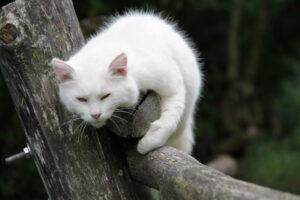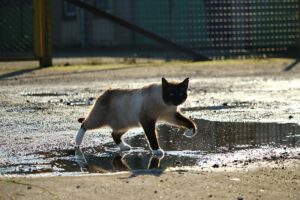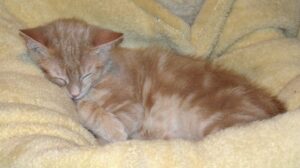How Many Toes Do Cats Have ?
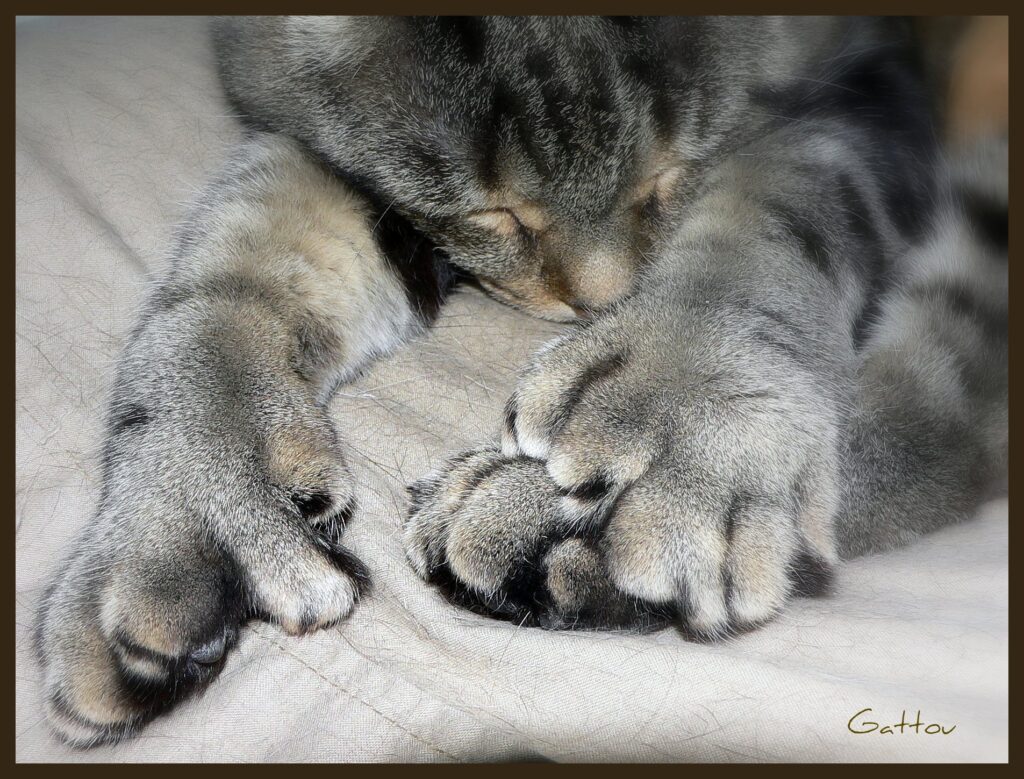
How Many Toes Do Cats Have :- Regardless of whether your household is graced by the presence of the most endearing feline companion with an irresistibly charming expression, the paws of your cat undeniably rank high among its most enchanting attributes. From the charmingly colorful and petite paw pads to the graceful extension of claws, these precious toes contribute significantly to your cat’s survival through a myriad of essential functions.
Beyond their fundamental role in your cat’s well-being, there’s an added bonus – the undeniable cuteness that these tiny appendages bring to the table.
For those who have taken the thoughtful initiative to closely inspect their beloved pet’s paws, a curious revelation awaits.
A majority of felines possess a total of 18 toes, distributed with five on each front paw and four on each rear paw. Nevertheless, it’s not uncommon for cats to exhibit a deviation in the number of toes. When a cat surpasses the typical count of 18 toes, it earns the designation of polydactyl, signifying an abundance of toes.
In the scenario where a cat boasts exactly 18 toes, uniformity in size and shape among all digits is anticipated. However, polydactyl cats may showcase additional toes that could be underdeveloped, characterized by smaller dimensions compared to the norm. Furthermore, these surplus toes might adopt diverse shapes, influenced by their specific location on the paw.
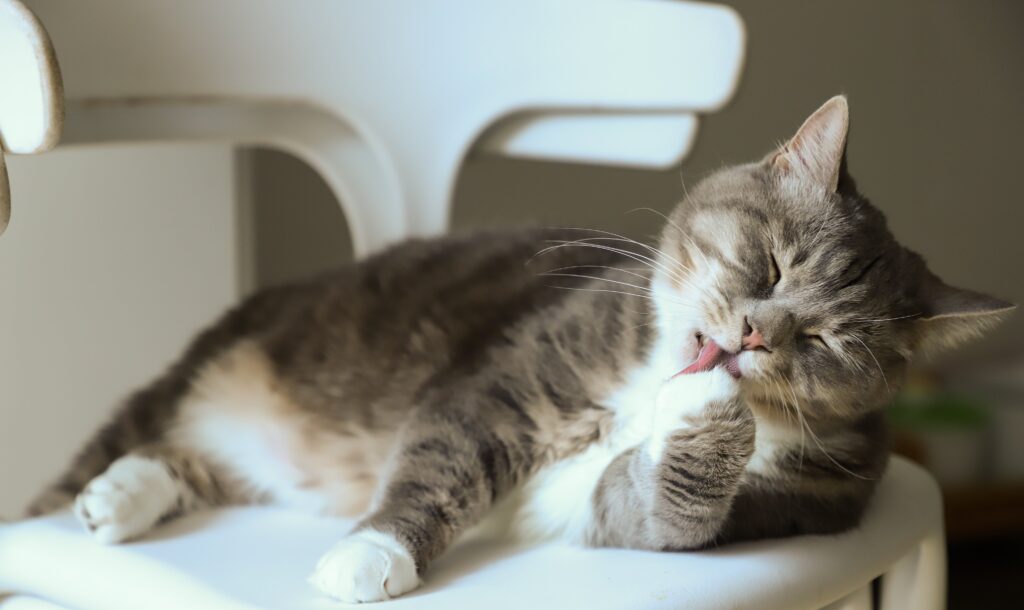
How Many Toes Do Cats Have ? Basic Cat Paw Anatomy
Apart from the digitized toes, felines boast remarkable rubbery pads beneath their paws, serving as both a cushioning mechanism and a shield against the elements. Impressively, these pads include specialized ones designed to enhance traction, ensuring a surefooted navigation through various terrains. Complementing these pads are the keratin-made claws associated with each digit, playing crucial roles in the cat’s hunting endeavors and climbing escapades.
Among these toe digits, there exists a distinctive thumb-like appendage known as the dewclaw, a feature particularly advantageous during climbing expeditions. The intricate network of nerves and blood vessels within a cat’s paws contributes to their remarkable sensitivity, enabling them to detect subtle vibrations with remarkable precision.
Amazing Facts About Polydactyl Cats
Polydactyly Is Caused by a Genetic Mutation
Polydactyly, a captivating phenomenon in feline genetics, arises from a genetic mutation embedded within a dominant gene. This mutation typically manifests itself by giving rise to a variable range of toes, numbering between four to seven, on a cat’s paws. While polydactyly predominantly influences the front paws, it can also manifest on the hind paws, though instances of polydactylism on all four paws are infrequent. The intriguing world of polydactylism reveals three distinct types of paw configurations:
- Postaxial: Extra toes emerge on the outer side of the paw.
- Preaxial: Additional toes grace the inner (medial aspect) of the paw.
- Mesoaxial: Extra toes are distributed throughout the paw, presenting a combination of postaxial and preaxial features.
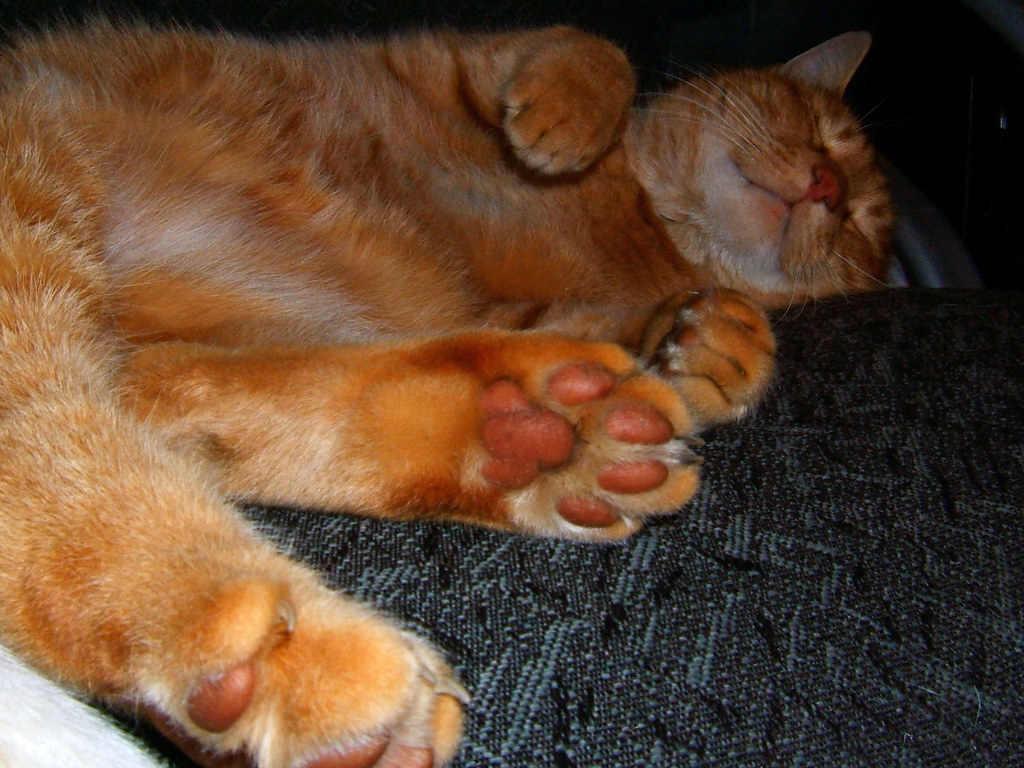
In the grand scheme of a cat’s overall health and wellness, polydactyly is generally benign. The only noticeable impact may be a slight increase in the labor involved when trimming the cat’s nails – a task familiar to anyone who has engaged in this delicate operation. Nevertheless, there exist numerous instances of content and thriving kitties sporting a few extra toes.
It’s imperative to distinguish polydactyly from feline radial hypoplasia, a condition often mistaken for its polydactyl counterpart. Feline radial hypoplasia also results in the development of extra toes, but these toes form immediately adjacent to the cat’s normal digits, resulting in disproportionately large, flat feet. Breeding cats with feline radial hypoplasia can lead to severe paw deformities in subsequent generations, underscoring the importance of accurate differentiation between the two conditions.
Some Polydactyl Cats Have “Mittens”
Enter the enchanting realm of “mitten paws,” a distinctive trait observed in preaxial polydactyl cats. Picture this: the cat’s surplus toes manifest in the center of the paw, creating an endearing thumb-like—or more aptly put, mitten-like—visual. The resulting appearance is undeniably charming, akin to a feline adorned with cute, mitten-shaped paws. However, it’s essential to note that despite the visual resemblance to thumbs, these additional digits lack the opposable functionality characteristic of true opposable thumbs. The charm of mitten paws lies not in their utility but in the whimsical aesthetics they bring to our beloved feline companions.
Polydactyly Can Actually Benefit Some Cats
The charm of polydactyl cats extends beyond mere cuteness; their unique toes confer tangible advantages to these feline friends. Sporting wider and larger paws, polydactyl cats boast enhanced balance, facilitating their adeptness on various surfaces. This heightened stability proves particularly beneficial when it comes to climbing and hunting, allowing them to navigate and capture prey with finesse.
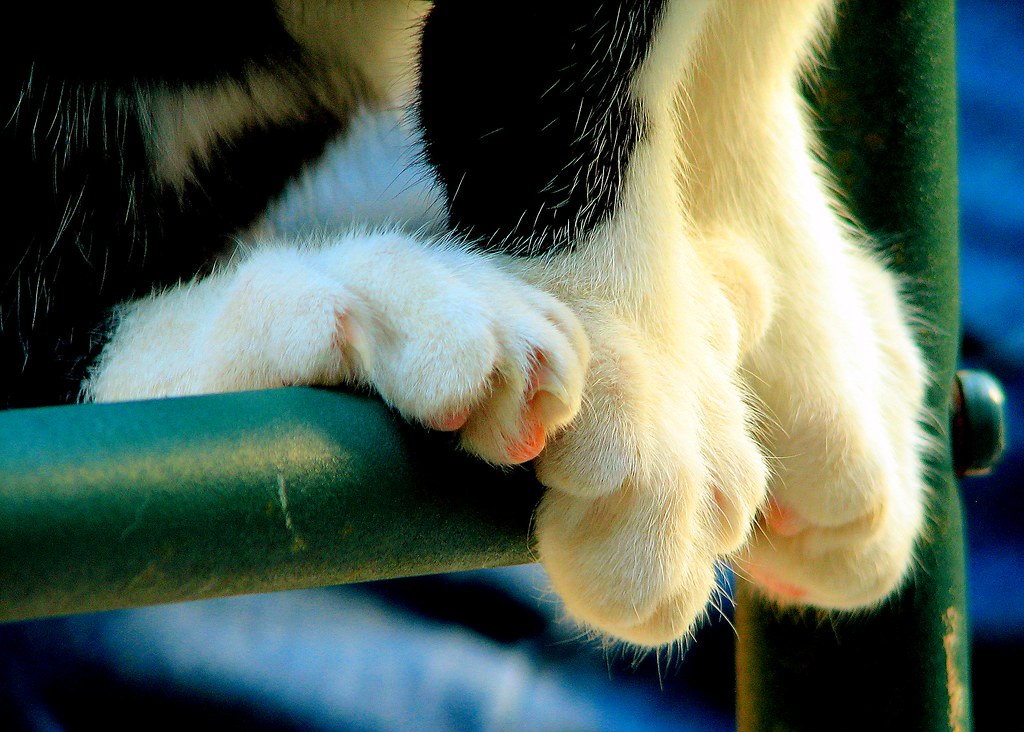
For the fortunate pet parent of a polydactyl cat, it’s wise to invest in a scratching post or board to satiate their natural instincts. Additionally, diligent attention to nail trims becomes essential, considering the surplus toes and claws that, while advantageous to the cat, can wreak havoc on furniture. By providing proper outlets for their scratching tendencies and ensuring meticulous nail care, you can harmoniously coexist with your polydactyl feline friend without sacrificing your furnishings to their impressive array of digits.
Polydactyl Cats Are Considered Lucky
In the grand tapestry of feline lore, polydactyl cats stand alongside other auspicious feline companions, such as black cats and calicos, believed to bring good fortune to sailors. This superstition found its roots in the past when polydactyl cats were a familiar sight on lengthy sea voyages.
Equipped with their distinctive large and wide paws, polydactyl cats served as exceptional mousers, tirelessly keeping ship supplies free from vermin. The practical advantages of their unique paw structure extended to providing stability on the often tumultuous seas, where balance was crucial.
The prevalence of polydactyl cats is particularly notable in Western England, Wales, Canada, and the Eastern United States. This distribution is often traced back to their seafaring days, suggesting that polydactyl cats from England ventured across the Atlantic Ocean. Once there, they mingled with non-polydactyl counterparts, giving rise to a proliferation of this genetic trait in the feline population of these regions. The legacy of polydactyl cats, rooted in their maritime contributions, continues to weave through the tales of lucky and resilient feline companions.
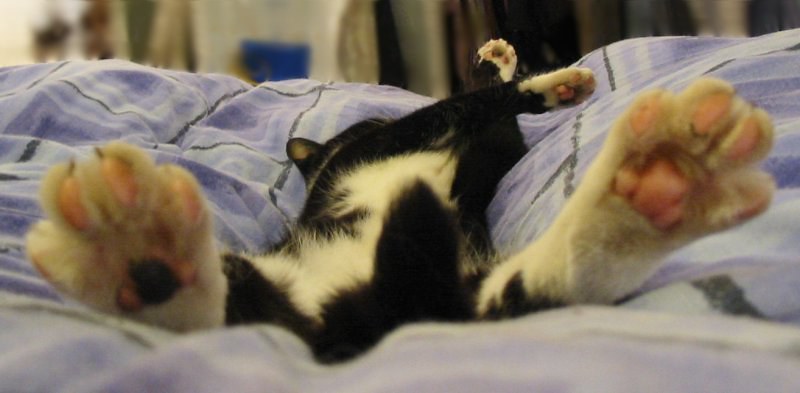
Ernest Hemingway Loved Polydactyl Cats
Delve into the intriguing history behind the affectionate moniker “Hemingway cats” bestowed upon polydactyl felines. The connection stems from the profound fondness that literary giant Ernest Hemingway harbored for these charming multi-toed companions. This love affair began when Hemingway received a gift of a white polydactyl cat named Snow Ball from a ship’s captain.
Following Hemingway’s demise in 1961, his residence in Key West, Florida underwent a transformation into a museum and sanctuary for his cherished cats. Presently, this feline haven hosts approximately 50 descendants of Hemingway’s original cat clan, with an intriguing twist—about half of them proudly display the distinctive polydactyl trait. The legacy of Hemingway’s adoration for these unique cats endures in the form of a thriving colony, where the charm of extra toes continues to grace the grounds that once echoed with the footsteps of a literary legend.
How Many Toes Do Cats Have ? The Condition Was Very Common Among Maine Coon Cats
Step into the fascinating world of Maine coon cats, creatures finely tuned by evolution to navigate the harsh and snowy landscapes of Maine. Their distinctive feature, large insulated paws resembling tiny built-in snow boots, is a testament to their adaptation to challenging weather conditions. In a stroke of good fortune for these majestic felines, polydactyly was once prevalent in the Maine coon breed, with an astonishing 40 percent of them boasting extra digits, according to insights from the Cummings School of Veterinary Medicine at Tufts University.

The stroke of luck lies in the fact that polydactyly bestowed Maine coons with larger, wider paws, providing enhanced insulation to conquer the snowy terrains they called home. Although, in the evolution of the breed, polydactyly has been selectively bred out in many Maine coon cats, the polydactyl Maine coon continues to hold recognition as a distinct and cherished breed among cat fanciers. The legacy of these remarkable cats echoes the tale of adaptation and resilience, where extra toes once served as nature’s gift for conquering the snowy landscapes of Maine.

